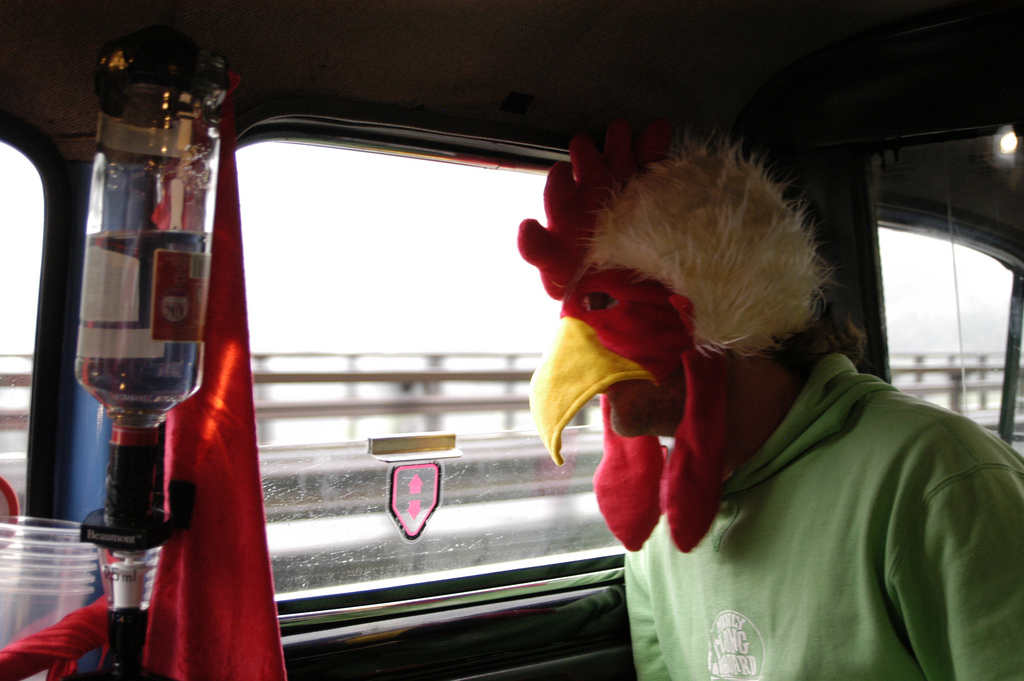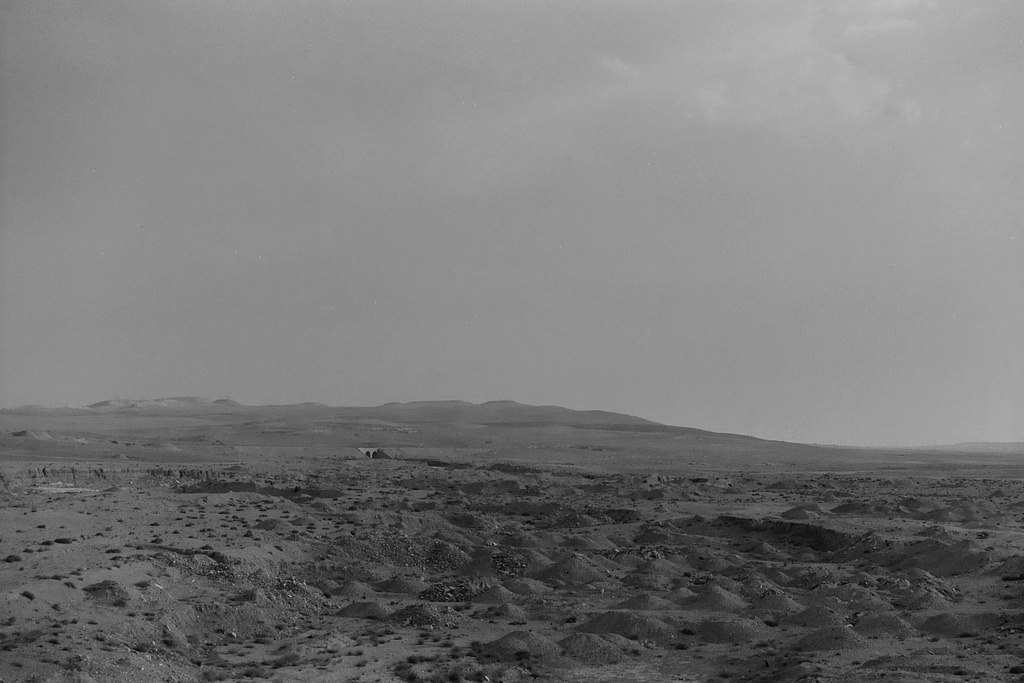Jet lag and exhaustion caught us around 22:00 so we got an early night and woke to the sounds of a metalwork shop jangling through the gap between the wall and ceiling. It was the only rough edge to an otherwise blissful place to stay.
We followed the Lonely Planet walking tour of the city’s main sights, feeling like amateurs for doing so but knowing we’d get to see plenty that way. But we soon found some colloquial charms, like the market where we bought fruit at around one Cordoba a piece. We soaked-up the city with every step on every street, it has such a consistent charm. Every building is painted in a bright pastel shade different to the one next to it. The streets are cobbled and the pavements are a mosaic of concrete and tiles. A mess of power lines is draped above. León has an abundance of churches and cathedrals, each one in disrepair, match the surrounding architecture. It is a low, flat city of evenly spaced blocks, easy to navigate and mostly accessible on foot. It is the political and cultural heart of Nicaragua, proud of its revolutionary heart and fervent with the laughter and preaching of the inhabitants that fill the profusion of cafés and bars.

A typical street in León with a volcano for a backdrop
Jean-Michel spoke in a thick Belgian French accent. After poking him with a few geeky questions about his collection, he started to talk and didn’t stop until I interrupted him to excuse us a while later. While he spoke he peeled the sun covers back from extensive rows of glass-topped display cases, covering perhaps 25m of worktop. Each one was packed with bugs, hovering on pins like fleets of aircraft in formation. Monsters like Stag and Goliath beetles, all manner of moths and butterflies, mantids, and thousands I couldn’t name. He had been running the place for thirty years. We paid C$10 each to lose ourselves in both the insects and his passionate lectures on wildlife and genetics.

Display case at the Etymological Museum in León
See the Flickr album: Outbound, Managua, León, Padre Ramos





[…] before Central America had what we would recognise as cities today. It was similar to León, where we had been a few days earlier, but Granada is its clean-cut, well behaved sister. Its streets were lined with pastel walls and […]